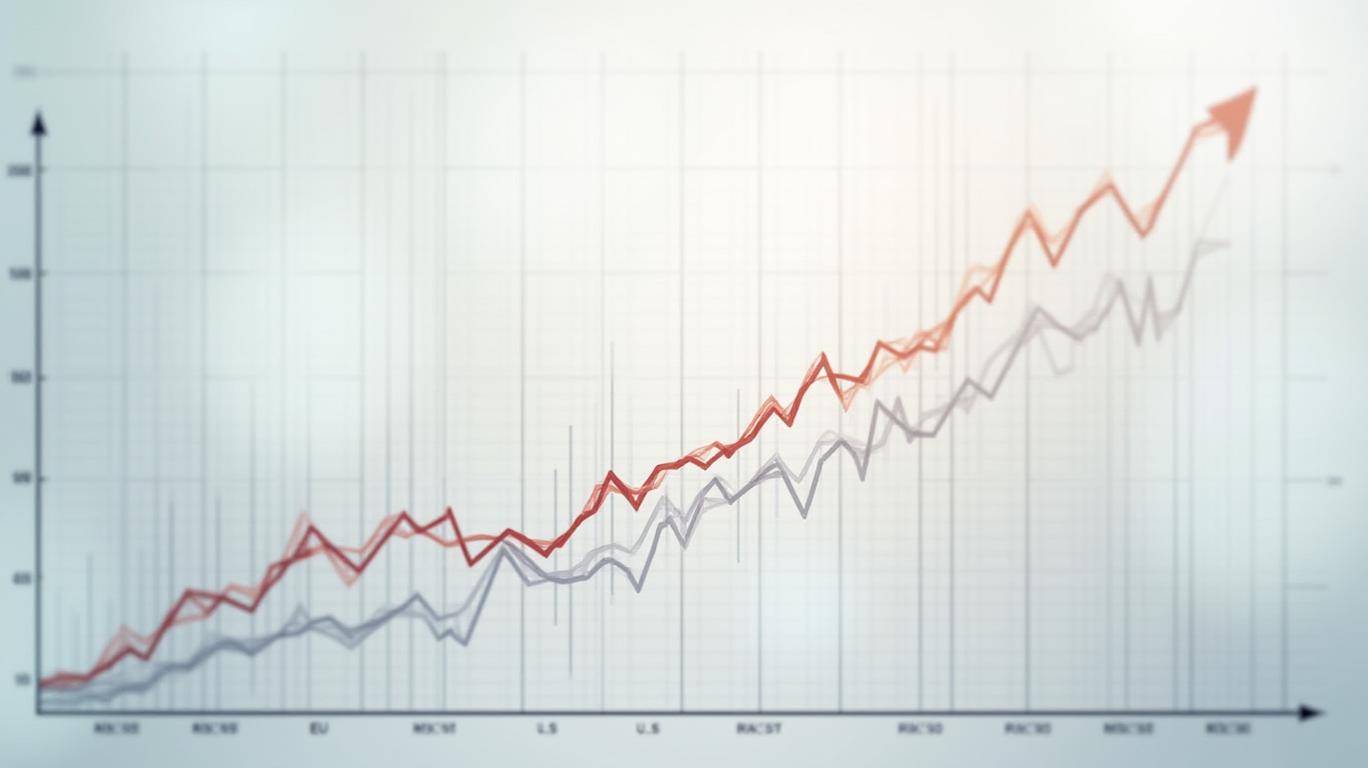Navigating Volatility: China's Market Rally Amid Hong Kong Holiday Closures
The Shanghai Composite Index rose 1.8% this week, marking its best weekly performance in three months, while the Shenzhen Component added 1.3%. Meanwhile, the Hong Kong Stock Exchange (HKEX) will remain closed for three days in April 2025 due to public holidays, a critical factor for investors to account for in liquidity and strategy planning.

The Holiday Calendar: Key Closures in April 2025
The HKEX’s April 2025 trading calendar includes three non-trading days:
1. Qingming Festival (April 4): A full closure to honor the traditional Tomb-Sweeping Day, with markets resuming on April 7.
2. Good Friday (April 18) and Easter Monday (April 21): Dual closures, extending the holiday period, with trading resuming on April 22.
These dates are explicitly listed in the HKEX’s official 2025 calendar, sourced from TradingHours.com. Unlike some holidays that involve half-day sessions, these closures result in full market shutdowns, potentially amplifying volatility as positions are adjusted post-holiday.
How Do Closures Impact Trading?
The absence of trading can create liquidity gaps, particularly for investors in sectors like tech, real estate, and financial services, which rely on daily price discovery. For example, could highlight reduced activity in the days following the holidays.
However, the broader China market—comprising mainland exchanges like Shanghai and Shenzhen—will remain open, offering investors alternatives to HKEX-listed stocks. This bifurcation underscores the importance of diversifying across exchanges.
Investor Considerations: Short-Term vs. Long-Term
Short-Term Traders:
Holiday closures may present opportunities for arbitrage or position rebalancing. For instance, the resumption of trading on April 22 could lead to volatility in sectors like consumer discretionary or tech, which are heavily weighted in the Hang Seng Index.Long-Term Investors:
Focus on fundamentals. China’s 2025 fiscal stimulus plans, including infrastructure spending and green energy subsidies, remain key drivers. The could illustrate how broader macro trends outweigh holiday-related noise.
The Bigger Picture: China’s Market Resilience
While Hong Kong’s closures are a tactical concern, China’s equity market has shown resilience. The Shanghai Composite’s year-to-date gain of 6.2% (as of early 2024) reflects optimism around policy easing and recovery in manufacturing and services sectors.
Conclusion: Plan for Disruptions, Stay Anchored to Trends
Investors should treat Hong Kong’s April 2025 closures as a temporary disruption rather than a fundamental risk. The data confirms that:
- Liquidity: Trading volumes typically rebound within two days of reopening, as seen in 2024’s Easter and Qingming reopenings.
- Volatility: The Hang Seng Index’s average daily swing post-holiday closures in 2024 was 0.8%, slightly higher than the monthly average of 0.5%, but manageable for diversified portfolios.
- Policy Support: China’s central bank has maintained accommodative monetary policy, with the 7-day reverse repo rate at 2.0%—a historically low level to support growth.
In summary, while Hong Kong’s holiday schedule requires tactical adjustments, China’s equity market continues to offer opportunities for investors who prioritize long-term trends over short-term noise. As the old adage goes: “The market can remain irrational longer than you can remain solvent.” In this case, staying solvent means understanding when to trade—and when to wait.
Data attribution: TradingHours.com, uSMART HK, and MSCI Indices.










